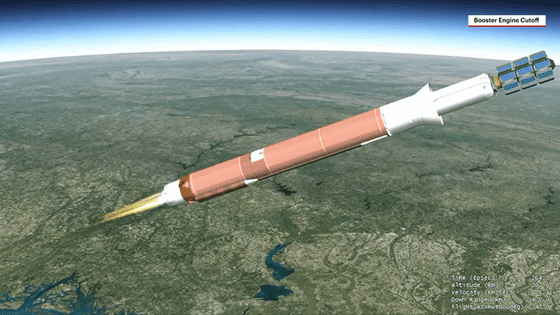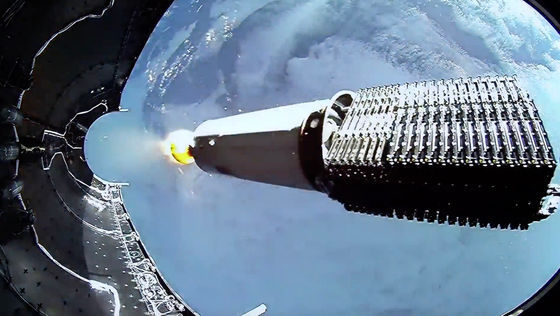Amazon's secret internet satellite 'Kuiper' details revealed

Details of the Kuiper satellite internet network, which Amazon
We finally know a little more about Amazon's super-secret satellites - Ars Technica
https://arstechnica.com/space/2025/05/we-finally-know-a-little-more-about-amazons-super-secret-satellites/
Atlas V Kuiper 1
https://www.ulalaunch.com/missions/next-launch/atlas-v-kuiper-1
On April 29, 2025, 27 Kuiper satellites were launched, marking the start of practical testing of Amazon's first satellite internet network.
Launching Amazon's Project Kuiper: ULA's rocket transports satellites to LEO pic.twitter.com/SM7hUUSo4q
— ULA (@ulalaunch) May 1, 2025
Amazon hasn't revealed much about these satellites. Even during the launch, Amazon demanded a level of secrecy usually reserved for spy satellites, and the rocket manufacturer, United Launch Alliance (ULA), ended the live video coverage of the mission minutes after liftoff. Amazon has released few photos or illustrations of the satellites, which breaks with the practice of other Western companies, tech media outlet Ars Technica points out.
But enough footage has been released to confirm the satellite's basic design. From the footage released by ULA, we can see that Kuiper is trapezoidal in shape and will launch with a folding solar array, making it much like OneWeb's satellites and very different from Starlink's satellites, which are flat-designed to be stacked one-by-one inside SpaceX's Falcon 9 rocket.
SpaceX's Starlink is leading the satellite internet market, but Ars Technica points out that SpaceX and Kuiper have something in common. Kuiper's head, Rajeev Badiyal, was SpaceX's vice president of satellites until 2018, and joined Amazon as vice president of technology the year before Kuiper was officially announced. Therefore, there may be a commonality in the design philosophy.
On the other hand, there are technical differences: Starlink and Kuiper use laser inter-satellite links to relay internet signals to a network between nodes, but Starlink uses a frequency band called Ku-band , while Kuiper uses Ka-band . Starlink's satellites also have fewer parts, making them ideal for mass transportation on SpaceX's rockets, while Amazon's satellites have a more conventional design, giving them the flexibility to be mounted on a variety of rockets and allowing satellites to spread out quickly in orbit.

Another piece of information released by ULA helps estimate the mass of the Kuiper satellite. The 27 satellites launched by Kuiper are the heaviest payloads ever launched by ULA's Atlas V rocket, and ULA says the total weight of the payload sent into orbit by the Atlas V was about 15.4 tons. Ars Technica pointed out, 'This puts the mass of the Kuiper satellite at between 537 and 571 kg, which is not much different from the estimated mass of Starlink's satellite called V2 Mini Optimized.'
Amazon plans to launch thousands more satellites over the next few years. Once ready, the first generation Kuiper constellation will consist of 3,232 satellites orbiting in 98 orbital planes just under 400 miles above the Earth.
Related Posts:
in Posted by log1p_kr







